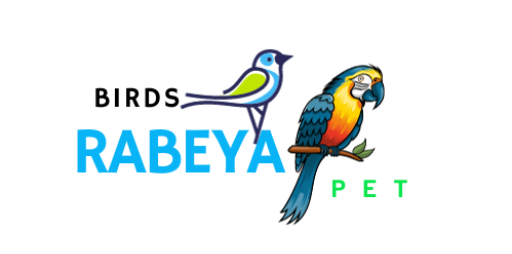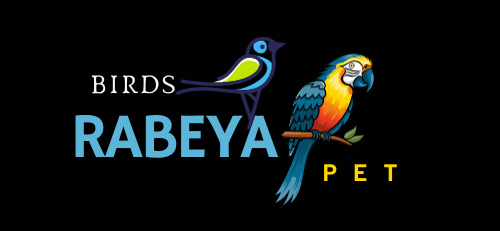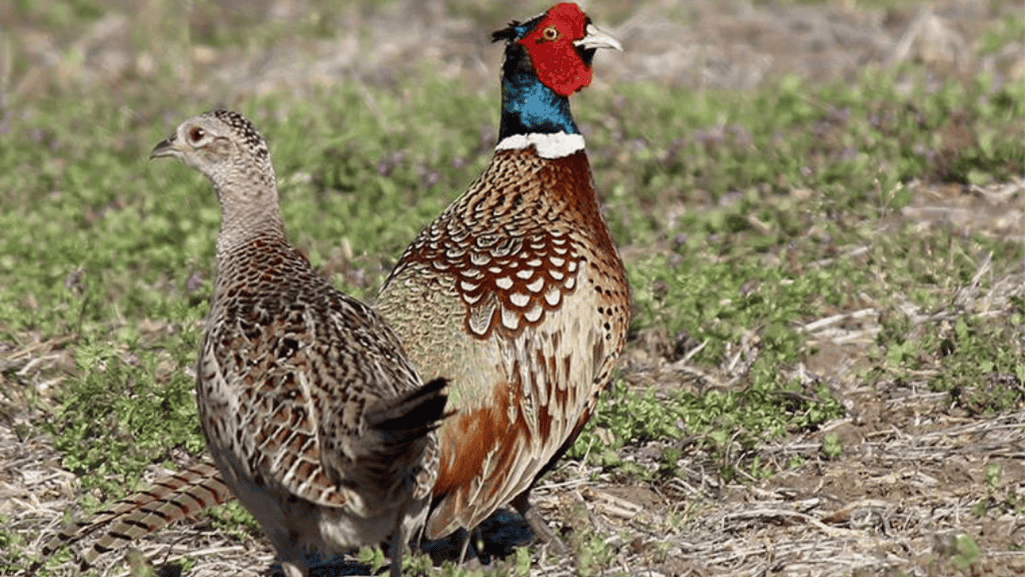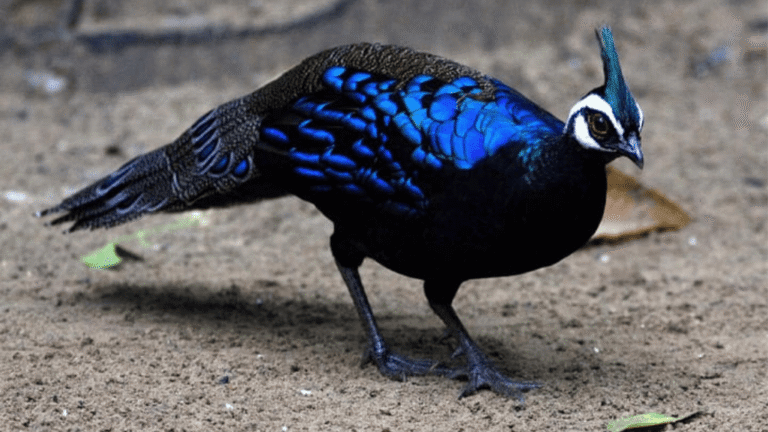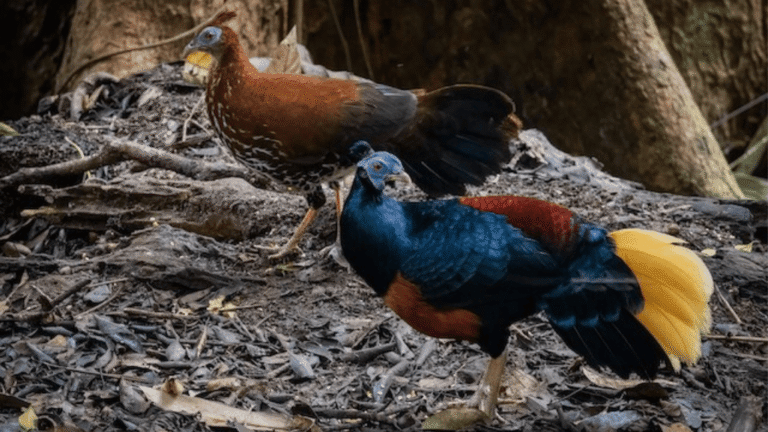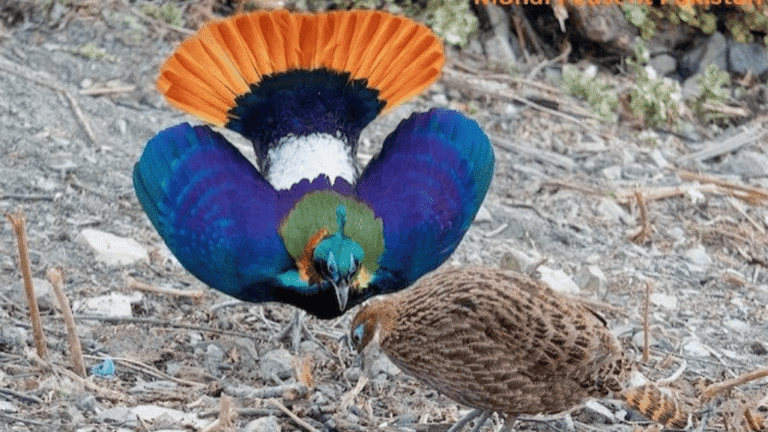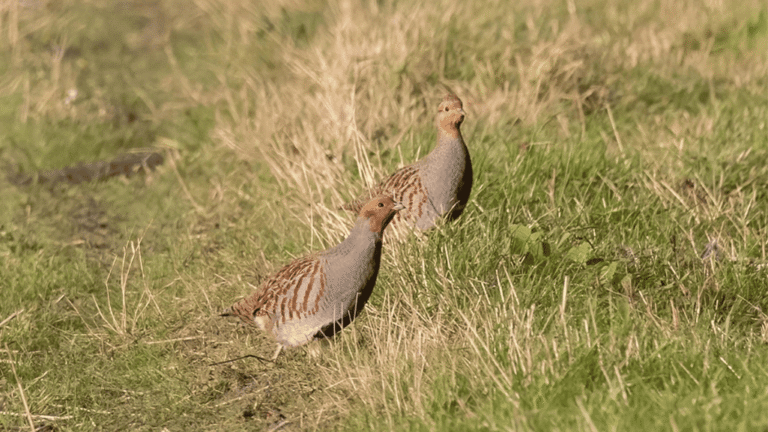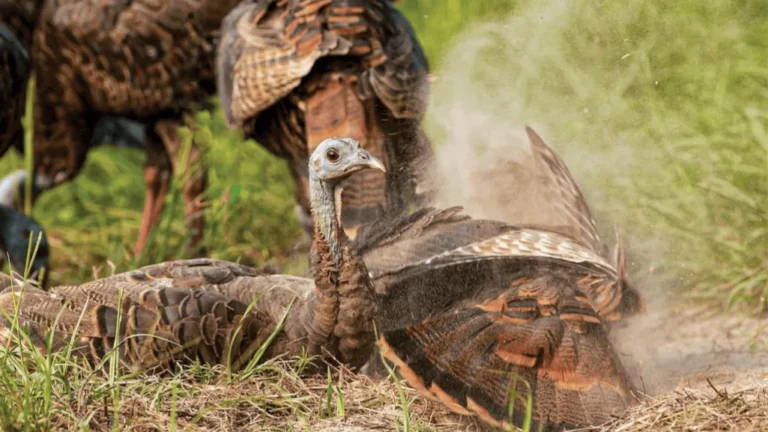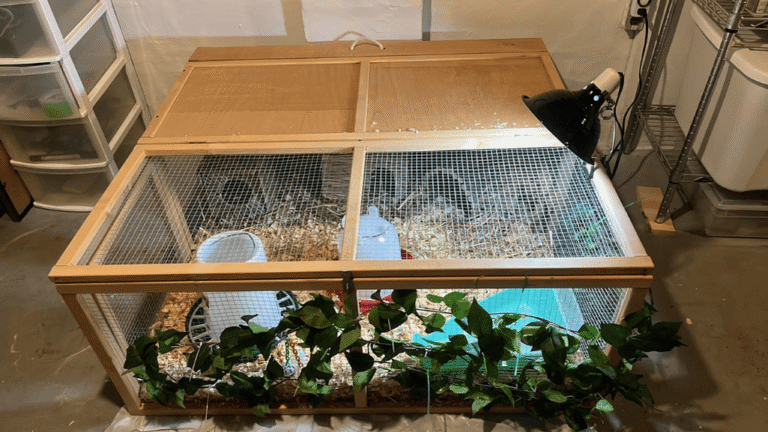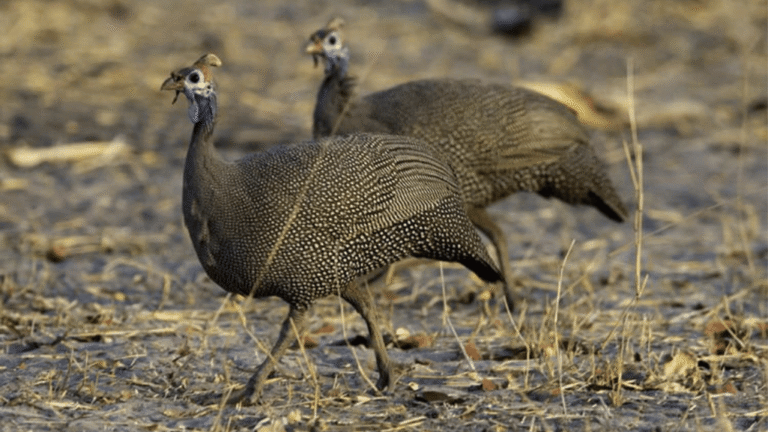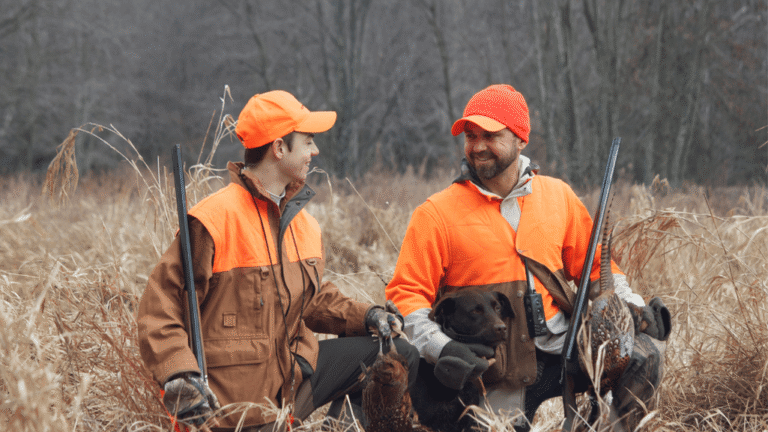Welcome to our comprehensive guide on pheasant breeding. If you’re passionate about raising pheasants—whether for sport, conservation, or culinary purposes—you’ll find practical, field-tested advice here. This guide covers habitat setup, brooding and chick care, nutrition and health management, breeding strategies, and lifecycle planning so you can raise healthy, productive birds.
Key Takeaways:
Raising pheasants requires careful attention to space per bird, balanced nutrition, and protection from predators.
Thoughtful management reduces stress and supports strong, healthy flocks over time.
Plan for market demand, input costs, and breed selection before expanding to a farm or commercial operation.
Provide suitable housing, fresh water, and quality feed—especially during the chick and grower periods—to improve survival and egg production.
Routine health checks and disease-prevention practices are essential to protect your flock and maintain breeding success.
What this guide covers:
– Getting started and brooder basics for chicks
– Designing outdoor pens and aviaries for flight and cover
– Nutrition, feed schedules, and disease prevention
– Breeding ratios, incubation, and hatching management
– Special needs for exotic species and conservation breeding
Ready to start? Follow each section in order—this will save time and reduce common mistakes for new pheasant breeders.
Getting Started with Pheasant Raising
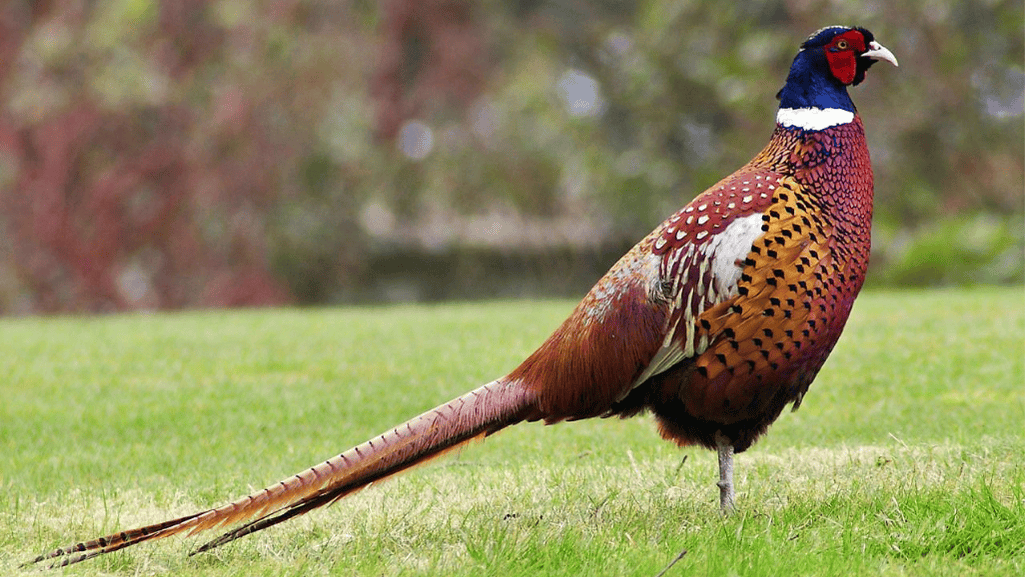 Embarking on pheasant raising—whether as a hobby or a commercial venture—starts with understanding pheasant biology and planning your setup. Proper early care has an outsized effect on survival, growth, and future breeding success. The steps below focus first on chicks, then on transitioning them into larger housing.
Embarking on pheasant raising—whether as a hobby or a commercial venture—starts with understanding pheasant biology and planning your setup. Proper early care has an outsized effect on survival, growth, and future breeding success. The steps below focus first on chicks, then on transitioning them into larger housing.
Pheasant Chicks: Special Care Required
Pheasant chicks need careful brooding for the first few weeks of life. They require a warm, dry brooder house with a reliable heat source, good ventilation, clean bedding, and feed formulated for game bird chicks. Follow a week-by-week approach to temperature and space to reduce losses and support healthy development.
Brooder setup and metrics (quick checklist):
– Brooder space: allow about 0.5–1.0 square foot per chick in week 1, increasing to 2–3 sq ft per chick by week 4 as they grow.
– Temperature schedule: start at 95°F (35°C) at chick level in week 1, reduce by 5°F (≈3°C) each week until 70–75°F (21–24°C) or until chicks are fully feathered (typically 4–5 weeks).
– Heat source: use heat lamps or brooder plates positioned for a warm and a cool side so chicks can thermoregulate; secure fixtures to avoid fire hazards.
– Ventilation: provide draft-free fresh airflow—avoid stagnant air that can increase ammonia; vents near the ceiling are ideal.
– Bedding: pine shavings are common; keep 1–2 inches deep and change regularly to prevent moisture buildup and foot problems.
– Water and feed: offer clean water in shallow, chick-safe waterers; provide a high-protein game-chick starter (28–30% protein) for the first 4–6 weeks, then transition to a grower feed.
Daily care tips, by week:
– Week 1: Check that all chicks have access to warmth, water, and starter feed; monitor for pasty vent and leg issues.
– Weeks 2–3: Increase floor space gradually; introduce grit if offering anything other than commercial feed; continue temperature reductions by ~5°F/week.
– Weeks 4–5: Chicks begin to feather; reduce supplemental heat further and expose them to short outdoor periods in calm weather to prepare for transition.
Supplies checklist (first week):
– Brooder box or house, heat lamp/brooder plate, thermometer/infrared gun
– Chick feeders and shallow waterers, high-protein starter feed, grit
– Bedding (pine shavings), basic first-aid kit, record log for mortalities/illness
Notes on feed and eggs: Use a dedicated game-bird starter rather than generic poultry starter when possible—pheasant chicks benefit from higher protein early on which supports muscle growth and better survival. If you collect eggs for incubation, label and store them properly and follow incubation guidance in the breeding section to maximize hatch rates.
Transitioning to an Outdoor Pen
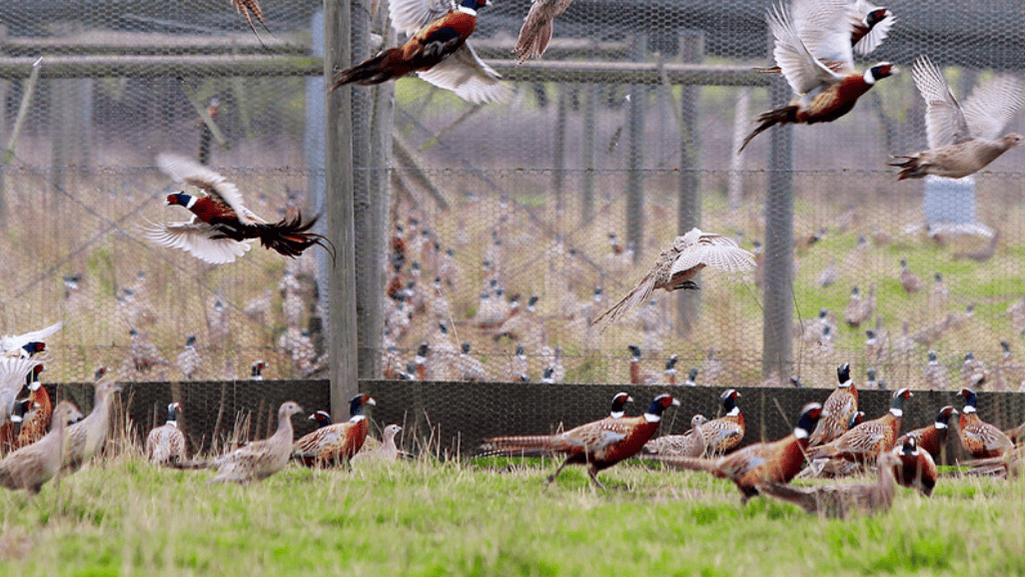 As your pheasant chicks grow, transition them to an outdoor pen that mimics their natural habitat. Moving them gradually improves physical fitness, encourages normal foraging and flight behavior, and helps develop breeding instincts. Plan the move for calm weather and supervise the first few outdoor sessions.
As your pheasant chicks grow, transition them to an outdoor pen that mimics their natural habitat. Moving them gradually improves physical fitness, encourages normal foraging and flight behavior, and helps develop breeding instincts. Plan the move for calm weather and supervise the first few outdoor sessions.
“Providing a suitable outdoor pen for your pheasants is essential for their overall health and breeding abilities.” – John Smith, Experienced Pheasant Raiser
Key pen considerations
– Predator protection: Use predator-proof fencing at least 6–8 feet high with buried mesh (6–12 inches) to deter diggers. Secure gates and ensure no gaps at the ground level.
– Space and layout: Provide at least 10 square feet per bird in flight/holding pens (more for breeding or release pens). Include open areas for short flight and sheltered corners for resting.
– Dense cover: Plant or install areas of shrubs, tall grass, and native vegetation to create hiding spots and nesting cover—pheasants prefer dense, low cover near the ground.
– Ground and drainage: Choose a dry, well-drained site with firm soil. Avoid low, soggy ground; incorporate raised nest areas or dry nesting mounds to protect eggs from moisture.
– Feeders and waterers: Place feeders and waterers on solid stands to reduce contamination and rotate locations to limit predator habituation. Provide multiple stations so shy birds can access feed.
– Hygiene and disease control: Design pens with easy-to-clean surfaces near feeders and waterers and remove droppings and wet bedding regularly to reduce disease pressure.
Design specifics (actionable metrics)
– Fence: 6–8 ft high woven wire or welded mesh; 1/2–1 in mesh near the ground for small predators; bury 6–12 in or add a skirt to prevent digging.
– Per-bird space: Minimum 10 sq ft per bird in holding pens; give 25–50+ sq ft per bird for larger-range or release operations where natural behaviors and flight are desired.
– Nesting: Provide nest boxes or sheltered ground nests within dense cover—place nests away from feeders to reduce disturbance.
– Vegetation: Use native grasses and shrubs that provide cover and insect habitat; a mix of grasses and forbs supports natural foraging.
Practical tips for a smooth transition
– Start with short supervised outdoor sessions during calm weather and gradually increase time outdoors over 1–2 weeks.
– Offer a sheltered area so chicks can escape wind and rain; maintain supplemental heat until fully feathered if nights are cold.
– Monitor behavior and health daily—watch for flight/climbing attempts, signs of stress, and predator probing around the fence line.
– Keep records of mortalities, escapes, and predator signs so you can strengthen weak points in the pen design.
Brooder to pen checklist
– Dry, well-drained site with secure fencing and buried mesh
– At least 10 square feet per bird (adjust up for larger ranges)
– Dense cover (shrubs, tall grass), raised nesting areas, and solid feeder/water stands
– Good ventilation near roosting areas but sheltered from prevailing winds
– Easy-clean surfaces and routine sanitation plan
By planning pen design around predators, cover, soil drainage, and space needs, you give your pheasants the best chance to thrive and express natural behaviors that support successful breeding and a healthy flock.
Nutrition and Health Management for Pheasants
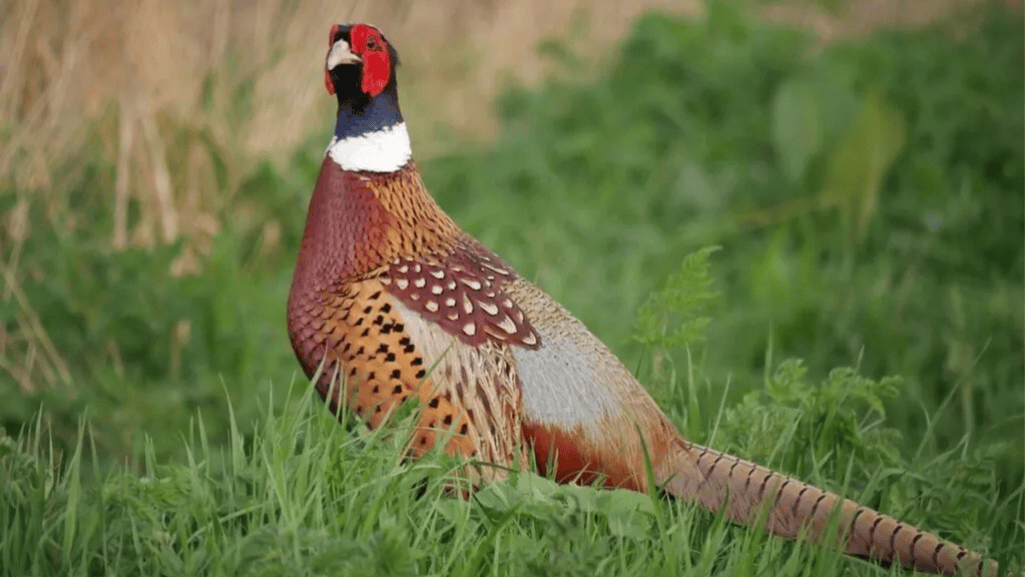 Good nutrition and proactive health monitoring are the foundation of a productive pheasant flock. Proper feed programs, clean water, and routine checks reduce mortality, support egg production, and improve growth during the critical early periods.
Good nutrition and proactive health monitoring are the foundation of a productive pheasant flock. Proper feed programs, clean water, and routine checks reduce mortality, support egg production, and improve growth during the critical early periods.
Pheasant Feeding: Age-based guidance
Pheasants have changing nutritional needs as they move from chick to grower to adult. Use game-bird-specific feeds when possible or consult a feed supplier for appropriate formulations.
Feed formulation by age (practical targets):
– Chicks (0–4 weeks): high-protein starter, 28–30% protein. Offer as a crumb or mash. Expect small intakes — typically 10–20 g per chick per day in week 1, rising each week.
– Growers (4–12 weeks): transition to a grower feed, ~20–24% protein. Feed amounts increase as birds grow; monitor body condition and adjust.
– Adults (breeding/laying): maintenance or breeder feed, 16–18% protein for non-layers; 18–20% (with adequate calcium) for laying hens to support egg production.
Feeding schedule and portions (examples)
– Provide feed free-choice in troughs designed to reduce waste; for chicks, use low, accessible feeders.
– Typical daily feed per adult bird: 60–120 g/day depending on activity, season, and whether birds are free-range. Adjust higher for breeding or cold conditions.
– Always offer grit separately if birds have access to whole grains or forage to aid gizzard function.
Water, temperature and environmental notes
– Water: supply clean, fresh water at all times; clean waterers frequently. In freezing weather, use heated drinkers or daily thawing routines.
– Temperature: while adults tolerate a wider range, chicks need the controlled temperatures described in the brooding section. Rapid changes in ambient temperature increase stress and disease risk.
– Periods of heat or cold can change feed intake; monitor consumption and body condition and adjust feed availability accordingly.
Health monitoring and disease prevention
 Routine observation and quick action are key to maintaining a healthy flock.
Routine observation and quick action are key to maintaining a healthy flock.
– Daily checks: scan the flock for lethargy, ruffled feathers, abnormal droppings, lameness, or decreased feed/water intake.
– Quarantine: isolate newly acquired birds for at least 21–30 days and observe for disease before introducing them to the main flock.
– Vaccination & medicated feed: consult a veterinarian or extension service for region-appropriate vaccination plans. Use coccidiostats or other medicated feeds only under guidance and according to regulations.
– Biosecurity: limit visitor access, disinfect equipment between pens, and remove carcasses promptly to reduce disease spread.
Common health actions (simple flow)
1) Spot problem during daily check → 2) Isolate the bird(s) → 3) Record symptoms and recent feed/temperature changes → 4) Contact an avian vet or extension for diagnosis and treatment → 5) Follow treatment and update flock records.
Egg production and monitoring
– Laying hens require extra calcium (e.g., crushed oyster shell) during the laying period to support eggshell quality.
– Track eggs per hen per week to spot declines quickly; sudden drops often indicate stress, disease, or nutritional gaps.
Consult a veterinarian experienced with game birds for a tailored feeding and health plan. Use local extension resources for region-specific disease threats and feed availability.
Breeding and Lifecycle Management of Pheasants
Successful pheasant breeding combines careful breeder selection, habitat design, and controlled incubation to maximize fertility and hatch rates. Below are practical, actionable guidelines for setting up a breeding program—whether you’re a small breeder focused on genetics or running a larger game-bird operation.
Breeding ratio, pair selection and breeder care
– Recommended ratio: a common guideline is 1 cock (rooster) to 5–7 hens for many pheasant species to balance fertility and reduce male harassment of hens. Adjust ratios for species, male temperament, and production goals.
– Breeder selection: choose healthy breeders with good body condition, no deformities, and known fertility history. Keep records of parentage to avoid inbreeding and track desirable traits.
– Male management: rotate males if you have multiple strains to avoid overuse; monitor for aggression and injury to hens.
Habitat design and nest placement
– Space and cover: provide ample protected space with dense low cover for nesting; hens prefer concealed ground nests or raised nest boxes in sheltered spots away from feeders and high-traffic areas.
– Nest boxes: offer boxes sized to the species (for many pheasants, 12–18 inches internal width), placed at ground level or slightly raised depending on species preference. Provide clean, dry bedding and change between clutches.
– Monitoring: place nests in central cover to encourage natural nesting patterns and make egg collection/monitoring simpler while minimizing disturbance.
Incubation, hatching and key numbers
– When to use incubation: artificial incubators improve hatchability and allow controlled timing. Natural hen incubation is possible but can result in variable hatch rates and more egg predation risk.
– Incubation settings (typical starting targets; verify for the specific species/incubator model): temperature ~99.5°F (37.5°C) and relative humidity around 50–60% during most of the period; increase humidity in the final 2–3 days before hatching. Turn eggs regularly (3–6 times/day) until lock-down (last 2–3 days).
– Incubation period: most common pheasant species hatch in roughly 23–28 days—confirm the exact days for your species.
– Hatch expectations: fertility and hatchability vary—reasonable targets are 70–90% fertility and 60–80% hatch of fertile eggs under good management, though results depend on egg handling and breeder fertility.
Practical table — stages and considerations
Stage — Considerations
Breeding ratio — Maintain ~1 cock:5–7 hens; adjust for species or temperament.
Pair selection — Use healthy, fertile birds; avoid close inbreeding; keep breeder records.
Habitat design — Provide dense cover, nest boxes, and protected spaces for natural behaviors.
Incubation — Use incubators to control temperature, humidity, and turning; monitor eggs daily.
Individual pen mating vs. range conditions
– Individual pen mating: Best for controlled genetic selection and testing specific breeder pairs. Allows precise parentage records but is labor- and space-intensive—suited to breeders focused on quality or conservation.
– Range conditions: Provide a more natural environment with larger space per bird and natural social interactions. Ideal for larger operations focused on robust, flight-capable birds or release programs; requires strong predator control and good cover.
Comparison (quick):
– Controlled selection: Individual pen mating
– Natural behavior & larger flight activity: Range conditions
– Labor & space: Individual pens require intensive monitoring; range needs more land and predator management
Breeding calendar & example schedule (small breeder)
– Pre-breeding (weeks −4 to 0): Health checks, condition birds, adjust feed to breeder mix, check housing and nest boxes.
– Mating period (weeks 0–6): Introduce males to pens or start pen matings; collect eggs daily for incubators or leave for natural hens.
– Incubation (days 0–25+): Maintain incubator conditions; record set dates and expected hatch dates.
– Hatching & brooding (days 23–35): Move chicks to brooder; follow chick care routines and record chick counts and health.
Recordkeeping and breeder metrics
– Keep simple records: eggs set, eggs fertile, eggs hatched, chicks that survive to 4 weeks, and breeder pair IDs.
– Monitor and target: fertility rates, hatchability, and chick survival to refine pairing and nutrition strategies.
By combining careful ratio management, targeted habitat design, and disciplined incubation practices, breeders can increase the likelihood of producing healthy chicks and improving flock genetics over time. For species-specific incubation periods, fertility benchmarks, and hatch rates, confirm numbers for your particular pheasant species and consult experienced breeders or extension services.
Special Requirements for Exotic Pheasant Breeds
Exotic pheasant species—such as Tragopans, various Peacock-Pheasants, and other specialized species—often have needs that differ significantly from common game pheasants. Successful care and breeding require species-specific housing, diet, and management to support flight behavior, reduce stress, and protect vulnerable birds.
General considerations for exotic species
– Aviary size & flight: Provide larger aviary rooms that allow short flights and wing-stretching; minimum dimensions depend on species but plan for clear flight lanes and perch heights that let birds exercise natural flight behaviors.
– Elevated nests & hiding areas: Many exotic pheasants prefer raised nest boxes or sheltered platforms off the ground and multiple hiding spots to retreat from males or daytime disturbance.
– Temperature & shelter: Some species are temperature-sensitive—provide insulated shelters or heated enclosures for colder months and shaded areas in hot seasons to avoid thermal stress.
Species notes — examples
– Grey Peacock-Pheasant: Sensitive to cold and may need additional shelter and mellow microclimates; they also can be choosy about feed, so offer varied items (high-quality game-bird feed plus greens and insects).
– Tragopans and others: Many require dense ground cover, nesting platforms, and leafy vegetation in the aviary to simulate native grass and soil conditions and to support natural foraging.
Breeding programs and conservation
– Endangered species (for example, Edwards’s Pheasant and others) benefit from coordinated breeding programs that track pedigrees, prevent inbreeding, and maintain genetic diversity. Work with established breeders, zoos, or conservation groups and follow studbook practices where available.
– Breeder collaboration: Share records, exchange birds selectively, and use controlled pairings in individual pens when managing rare genetics; keep meticulous records of males and females used in each cross.
Practical aviary specs & enrichment
– Space: plan additional space beyond standard game-bird pens to permit flight and display behavior—include tall perches, horizontal flight lanes, and layered vegetation (grasses, shrubs).
– Substrate & soil: use well-draining soil or mixed substrate that supports scratching and natural dustbathing; avoid compacted or waterlogged ground.
– Enrichment: rotate hiding boxes, branches, and foraging mats to stimulate natural behaviors and reduce stress produced by males or overcrowding.
Because requirements vary by species, confirm the needs (temperature tolerances, dietary specifics, minimum aviary dimensions, and space per male/female) for each species you plan to keep. Consult species specialists, avian veterinarians, and reputable breeders to design aviaries and breeding programs that protect fragile exotic pheasants and support successful conservation or hobby breeding.
Conclusion
Breeding and raising pheasants is a rewarding pursuit that combines husbandry, habitat design, and attention to nutrition and health. Whether your goals are producing strong game birds for sport, running small farms, improving a poultry enterprise, or supporting conservation programs, careful planning and consistent management will improve outcomes for your flock.
Next steps — a 90-day starter checklist
– Week 0: Define goals (hobby, farm sales, conservation), select species/breeders, and prepare a secure brooder and pen area. Purchase essential supplies: feed, grit, feeders, waterers, and first-aid items.
– Weeks 1–4: Hatch or acquire chicks; follow brooding protocols (temperature, feed, bedding), record mortalities and behavior, and refine feed intake.
– Weeks 5–8: Transition birds to outdoor pens when feathered; check fencing, add cover and nest options, and monitor predator signs.
– Weeks 9–12: Begin breeding planning (pairing or range setup), keep breeder records, and set up incubation routines if using artificial hatching. Track eggs per hen and adjust nutrition for laying hens.
Resources & call to action
– Download a printable starter checklist and record sheet to track per-bird feed, eggs, and health entries.
– Consult your local extension service or an avian veterinarian for region-specific disease risks, legal requirements, and feed recommendations for farms.
– Join a game-bird association or breeder network to share best practices and access breeder exchanges.
Start small, keep good records, and adapt based on results—this approach will help you build a healthy, productive pheasant operation over time. Good luck with your pheasant breeding journey.
Frequently Asked Questions
What are some tips for successful pheasant breeding?
Keep your goals clear (hobby, farms/sale, conservation), provide adequate space and cover for natural behavior, maintain balanced nutrition, and protect birds from predators. Minimize stress, record results, and adjust pairing and management based on fertility and hatch metrics. Read the Breeding and Lifecycle Management section for detailed pairing ratios, nest placement, and incubation guidance.
What do I need to know about raising pheasant chicks?
Pheasant chicks require a secure brooder with controlled temperature, clean water, and a high-protein starter feed. Follow a week-by-week temperature and space schedule so chicks feather properly before outdoor transition. Monitor chicks daily for pasty vent, leg issues, and feed intake; see the brooding checklist and chick care timeline for specifics.
How should I design an outdoor pen for pheasants?
Design pens with at least the recommended space per bird (see pen-specs), secure predator-proof fencing, dense ground cover (grasses and shrubs), and well-drained soil. Place feeders and waterers on stands, provide nesting cover, and plan for easy cleaning and drainage. Review the pen design metrics for fence height, mesh, and per-bird space recommendations.
What is important for the nutrition and health of pheasants?
Feed pheasants age-appropriate rations: high-protein starter for chicks, grower feed for juveniles, and breeder/layer diets for adults. Always supply clean water and grit. Practice daily health checks, quarantine new birds for 21–30 days, follow biosecurity protocols, and consult an avian vet for vaccinations and medicated-feed decisions.
What should I consider for breeding and lifecycle management?
Select healthy breeders, maintain a typical ratio (about 1 cock to 5–7 hens for many situations), provide nesting options, and decide whether to use natural hen incubation or artificial incubators. If using incubators, confirm species-specific incubation period (days), temperature, humidity, and turning schedule to improve hatching results.
How does individual pen mating compare to range conditions?
Individual pen mating allows controlled pairings and precise pedigree records—useful for breeders focused on genetics or conservation. Range conditions give birds more space and natural interactions but require stronger predator control and more land. Choose based on your goals, available space, and labor capacity.
What are the special requirements for exotic pheasant breeds?
Exotic species (e.g., Tragopans, Peacock-Pheasants, Grey Peacock-Pheasant) often need larger aviary rooms, raised nest boxes, extra hiding areas, and specific temperature or diet accommodations. For endangered species, follow coordinated breeding programs, studbook practices, and work with experienced breeders or conservation groups to prevent inbreeding.
What can I expect from breeding and raising pheasants?
Pheasant breeding can be rewarding but requires commitment. Expect variable egg production by season (spring/summer peaks), careful feeding and housing costs, and a learning curve for hatch rates and flock management. Track eggs per hen and chick survival to optimize your operation and determine whether expanding to farms or producing game birds for sale is viable for you.
Want quick access? Use the anchor links above to jump to answers, download the printable FAQ sheet, or follow the “Read more” links in each main section to view detailed procedures, checklists, and species-specific guidance.
